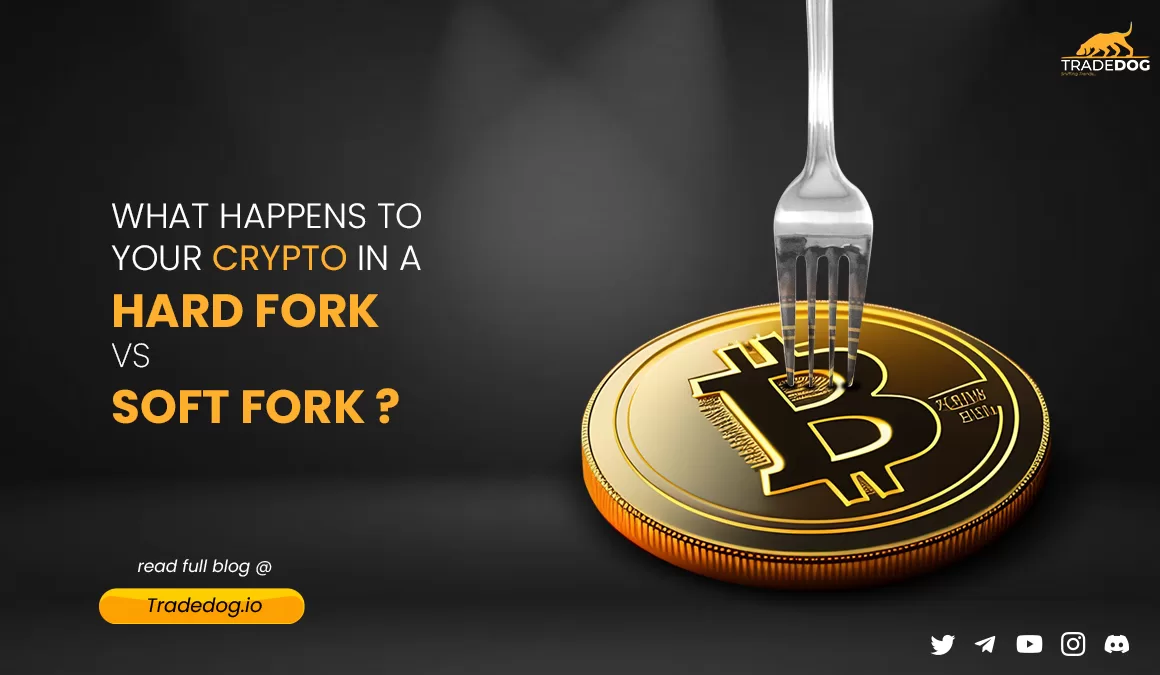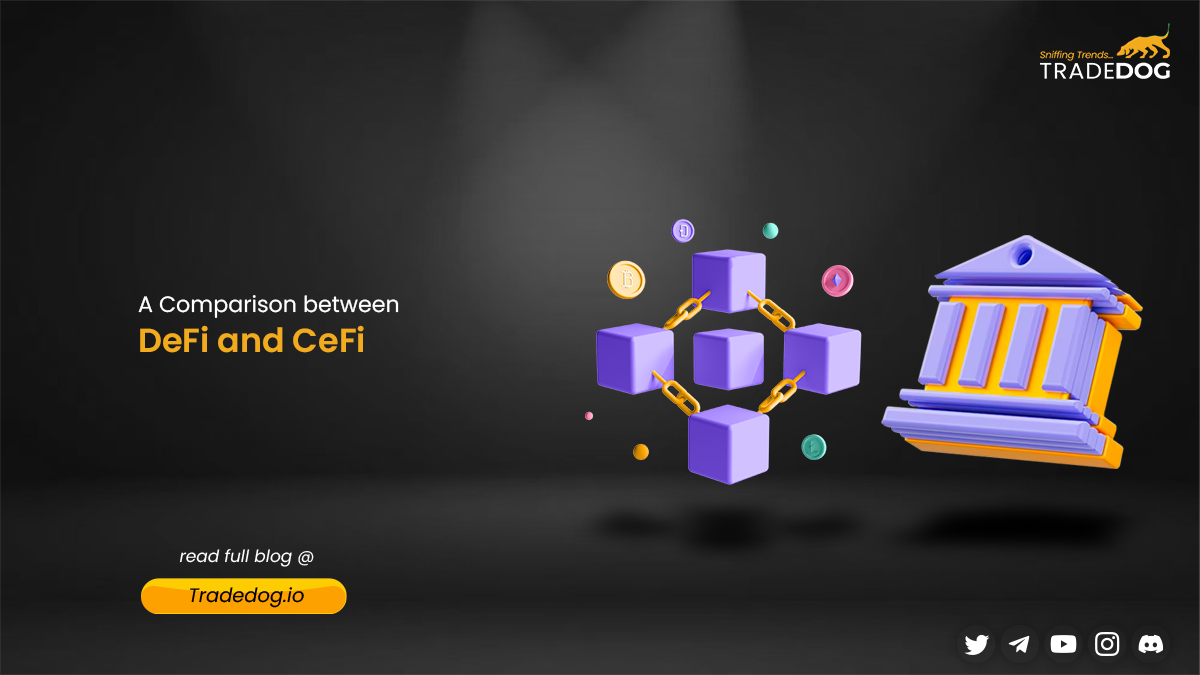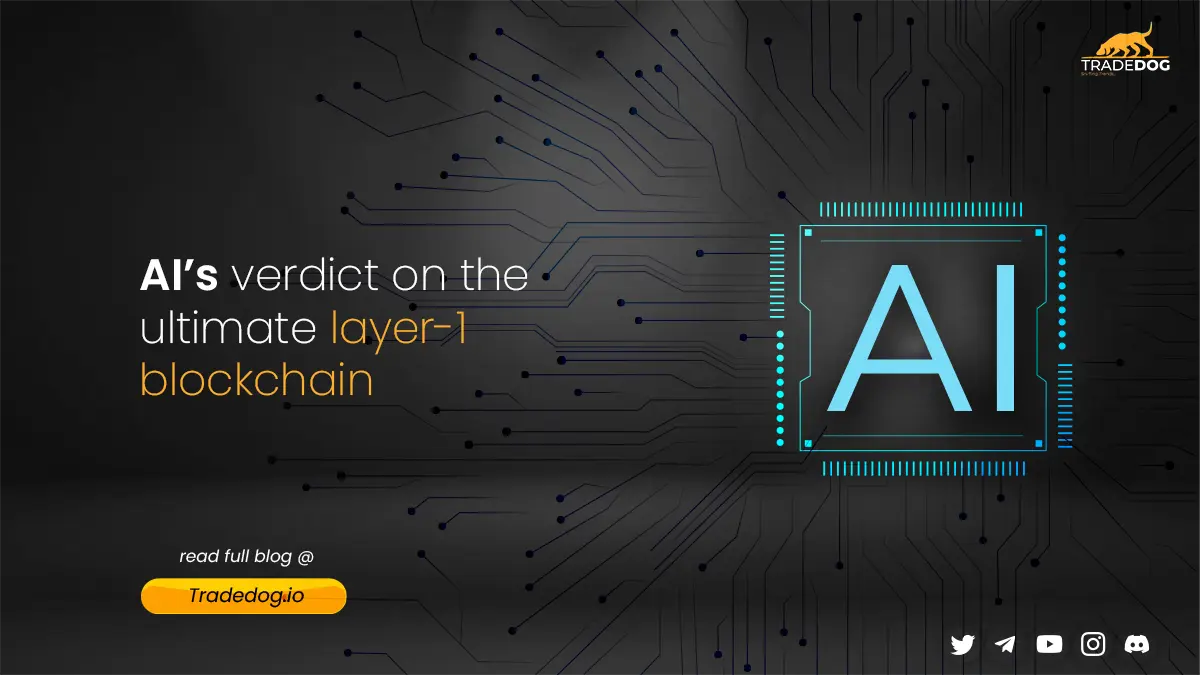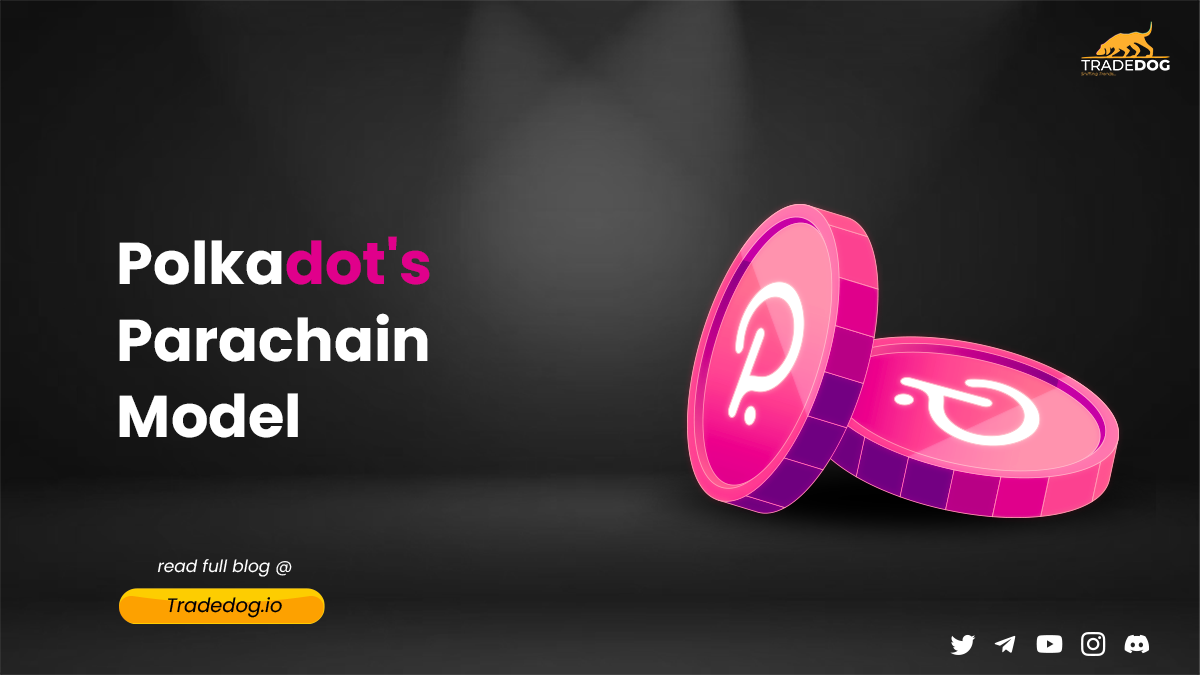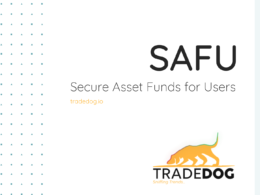Quick Links
Are you curious about the differences between a soft and a hard fork in blockchain technology? Then you’ve come to the right place. In this comprehensive guide, we will dwell on the concept of blockchain forks, explore the working of forks, examine the types of forks, and ultimately compare and contrast the characteristics of soft and hard forks. By the end of this article, you will clearly understand these fundamental terms in the blockchain world. So, let’s get started!
What are Blockchain Forks
To comprehend the difference between a soft fork and a hard fork, it’s essential first to grasp the concept of a blockchain fork. In blockchain technology, a fork refers to a split or divergence in the underlying protocol that governs the blockchain’s operation. Forks occur when there is a change in the rules or consensus mechanism of a blockchain network.
Understanding Working of a Fork
A fork typically arises from a disagreement among network participants regarding proposed blockchain rule changes. When these disagreements cannot be resolved through consensus, a fork is initiated, creating two distinct versions of the blockchain. Each version follows a different set of rules, leading to a divergence in the network.
What are the Types of Forks in Blockchain?
In the world of blockchain, forks can be broadly categorized into two types: soft forks and hard forks. These forks differ in their approach to implementing changes and the level of compatibility they maintain with the existing blockchain network. Let’s explore each type in detail.
What is a Hard Fork?
A hard fork is a type of blockchain fork that involves a substantial modification to the existing protocol. It introduces significant changes to the blockchain’s rules, making the new version incompatible with the old one. As a result, nodes running the old version of the software cannot recognize blocks produced by the latest version, and vice versa. This incompatibility leads to a permanent divergence in the blockchain’s history.
Example of a Hard Fork
A well-known example of a hard fork in blockchain technology is the creation of Bitcoin Cash (BCH) from Bitcoin (BTC) in August 2017. The hard fork was initiated to address scalability issues in the Bitcoin network. Bitcoin Cash aimed to enhance transaction speed and lower fees by increasing the block size limit. However, this change resulted in a permanent split between the two cryptocurrencies, with Bitcoin Cash becoming a separate entity.
What is a Soft Fork?
In contrast to a hard fork, a soft fork is a type of blockchain fork that introduces backward-compatible changes to the protocol. It maintains compatibility with the existing blockchain network, allowing nodes running the old version to recognize blocks produced by the new version. Soft forks typically involve tightening the protocol rules, making them more restrictive. Nodes not upgraded to the latest software will still be able to validate transactions according to the updated rules.
Example of a Soft Fork
One prominent example of a soft fork is the implementation of Segregated Witness (SegWit) on the Bitcoin network. SegWit was introduced to address the scalability challenges faced by Bitcoin by separating transaction signatures from the transaction data. This change was deployed as a soft fork, enabling nodes running the previous software version to accept blocks produced by nodes running the updated version.
Major Difference between Hard Forks and Soft Forks
Now that we have explored the definitions and examples of hard and soft forks let’s delve into the key differences between these two blockchain forks.
Compatibility: Hard forks are incompatible with the previous version of the blockchain, while soft forks maintain their backward compatibility.
Consensus: Hard forks require most network participants to upgrade to the new version, resulting in a permanent split. Soft forks can be implemented with a majority upgrade, but non-upgraded nodes can still participate in the network.
Rule Changes: Hard forks introduce substantial changes to the blockchain’s rules, potentially altering its fundamental characteristics. Soft forks implement more restrictive rules while maintaining the existing protocol.
Network Effects: Hard forks often create a new cryptocurrency, dividing the community and network effects. Soft forks do not create new cryptocurrencies and are generally less disruptive.
Security: Hard forks have a higher risk of security vulnerabilities since they involve significant changes to the protocol. Soft forks are considered lower risk as they build upon the existing rules.
Soft Fork or Hard Fork – Which is better?
Determining whether a soft fork or a hard fork is more beneficial depends on the specific goals and requirements of the blockchain network. Both types of forks have their advantages and considerations. Soft forks are generally preferred when backward compatibility is essential, and the changes are insufficient to warrant a permanent split. Hard forks are chosen when significant modifications to the protocol are required, even if they result in a separate blockchain.
The choice between a soft fork and a hard fork is ultimately driven by the consensus among network participants and the long-term vision for the blockchain. It is crucial to carefully evaluate each type of fork’s potential consequences and implications before making a decision.
Conclusion
In conclusion, understanding the difference between a soft and a hard fork is crucial in blockchain technology. While both types of forks bring about changes to the protocol, they differ in compatibility, consensus, rule changes, network effects, and security implications. Deciding whether to opt for a soft fork or a hard fork depends on the specific requirements and objectives of the blockchain network. By carefully evaluating the advantages and considerations of each type, developers and participants can make informed decisions about the future direction of their blockchain projects.
FAQs
Q: Can a soft fork become a hard fork?
A: No, a soft fork cannot become a hard fork. Soft forks maintain backward compatibility,
whereas hard forks involve a permanent divergence from the previous version of the blockchain.
Q: What happens if I don’t upgrade during a hard fork?
A: If you don’t upgrade during a hard fork, your software will continue to recognize blocks and transactions according to the previous rules. You will not be able to validate blocks produced by the new version, and any transactions on the new chain will not be visible to you.
Q: Are soft forks more common than hard forks?
A: Yes, soft forks are generally more common than hard forks. Soft forks allow for smoother upgrades and are less disruptive to the network.
Q: Can hard forks be reversed?
A: No, hard forks cannot be reversed. Once a hard fork occurs, the divergence in the blockchain’s history is permanent.
Q: Can hard forks create new cryptocurrencies?
A: Yes, hard forks can create new cryptocurrencies. When a hard fork occurs, a new chain is formed, and the new version of the blockchain may result in a separate cryptocurrency.
Q: Can soft forks result in the creation of new cryptocurrencies?
A: No, soft forks do not create new cryptocurrencies. They introduce changes to the existing blockchain network while maintaining compatibility.





